Huge increase in homelessness on northern beaches
THE NUMBER of people homeless on the northern beaches has increased by 63 per cent in five years, new ABS Census data shows. Sixty-year-old homeless man Mick Casey tells his story of fear and how he feels he’s losing touch with a normal life.
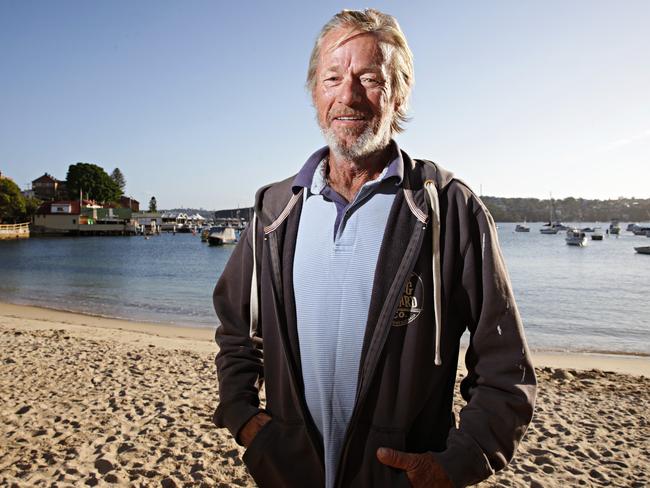
Manly
Don't miss out on the headlines from Manly. Followed categories will be added to My News.
THE NUMBER of homeless on the northern beaches has increased by a shocking 63 per cent in five years.
New ABS Census Homelessness data shows there were 605 people recorded as homeless on the peninsula in 2016, up from 370 in 2011.
MICK TELLS HIS STORY
Mick Casey is one of the human faces behind the statistics.
The 60-year-old has lived on the northern beaches for 20 years, working and volunteering, but found himself homeless three months ago.
He is currently sleeping on a friend’s boat in Manly Cove and sometimes at a boatshed where he washes boats for free.
“Being homeless is hard to describe,” he said.
“It’s like I’m reaching out for a life buoy, but feel myself drowning. I can’t quite reach it.
“I feel I’m losing touch with a normal life.
“It’s really scary and unfortunately I suffer from depression and anxiety which magnifies the whole problem.
“Being homeless puts me in a negative space, I find myself always frowning.”
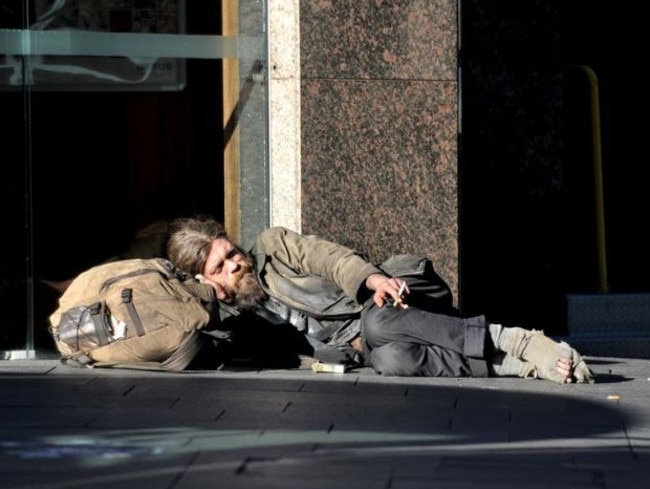
Mr Casey said he missed having a washing machine, a kitchen, and a place to store his clothes.
He said he kept clean by diving into the harbour and rinsing off with a hose or at the public showers, which if he is lucky, there will be a bit of warm water heated by the sun.
He said he had worked in manual labour roles from the age of 15, but had picked up injuries along the way, including spinal issues, arthritis, and hernias in his groin, as well as brain aneurysms.
SUPPORT WORKER PERSPECTIVE
Outreach worker for Community Northern Beaches Daniel Peterson said Mr Casey had always been a hard worker, was not a sponger, but had just fallen on hard times, like many people he saw.
He also reckoned the number of homeless was even higher now in 2018, than that recorded in 2016.
“I’ve been working with the homeless on the northern beaches for a year and I’ve noticed an increase since then,” he said.
“There is more work than I can personally deal with.
“There are always people sleeping on the beachfront or at the oval.”
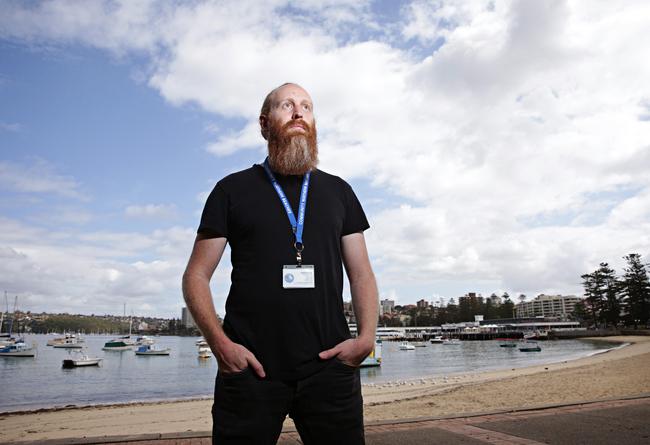
Mr Peterson said the homeless were of all ages and walks of life, but predominantly he dealt with mainly males aged between 30 and 50 and often a relationship breakdown was a contributory factor.
He said some people were sleeping rough, an increasing number were sleeping in their cars and more still were couch surfing.
Some were continuing to hold down jobs.
On average, he saw around six people a day, although some of those were known clients.
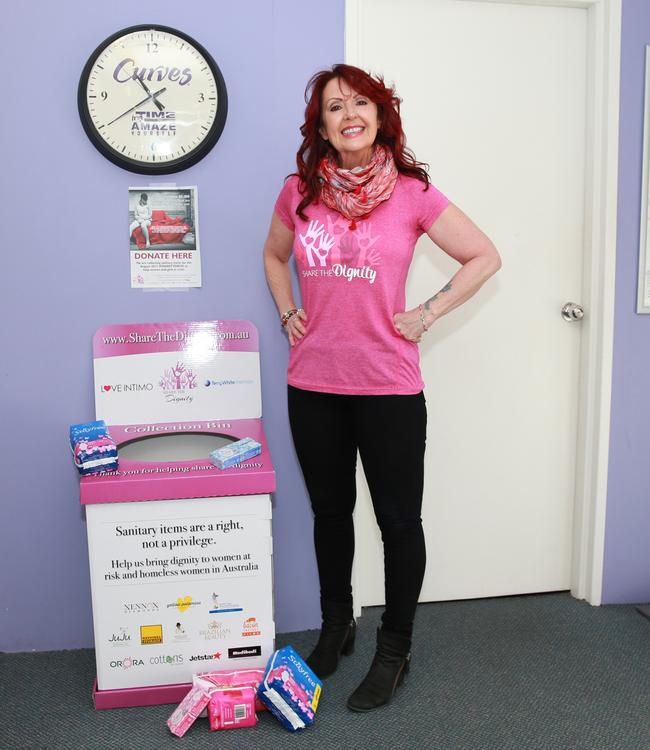
He added that on top of that colleagues working for the Domestic Violence Service Manly — which runs from the Community Northern Beaches site — were also seeing around one woman a day seeking accommodation after fleeing an abusive partner.
“I would like to give a voice for the increasing numbers of homeless people,” Mr Peterson said.
“I feel the community needs to know there is a problem.”
He said a lot of people, particularly men, were unwilling to ask for help until they were at rock bottom.
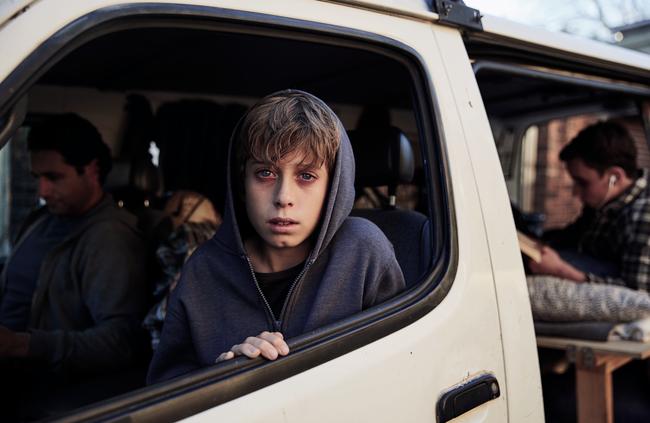
But even after they seek support and were classed as a priority case they often had to wait for social housing because there were so few properties on the peninsula.
“A lot of people have grown up on the beaches, have their lives here and know nothing else but the beaches and we really feel those people should be found accommodation here,” Mr Peterson said.
He said Mr Casey was classed as a priority two weeks ago, but was still having to sleep rough while accommodation became available.
HOUSING AFFORDABILITY A CAUSE
Mission Australia’s new homeless accommodation in Brookvale is due to open soon and will provide around 25 short and medium-term beds and will help ease the situation, area manager Rachelle Elphick said.
“It will be a safe and secure place for people experiencing homelessness,” she said.
Ms Elphick said housing affordability was one of the biggest causes of homelessness on the beaches, along with family and relationship breakdowns.
Mr Casey said he considered himself lucky compared to others on the northern beaches.
“Some poor buggers haven’t even got a roof over their heads and are sleeping in parks, under the rock at the heads, with water rats and possums, or in toilet blocks,” he said.
This week Mr Casey was offered keys to a property in Milson’s Point.
“I think I might have to take it, but I’m shattered,” he said.
“It scares the living daylights out of me that I have to start all over again.”
AUSTRALIAN HOMELESSNESS RISING
Mr Peterson said Mr Casey had to make a decision as to whether he should take the property or continue to sleep rough in the hope of somewhere local becoming available.
“In his case I am worried about isolation, which is why we’ve been pushing for him to stay on the beaches” he said. “He’s been surviving because of his friends.
“Moving homeless people off the beaches is not a solution.”
